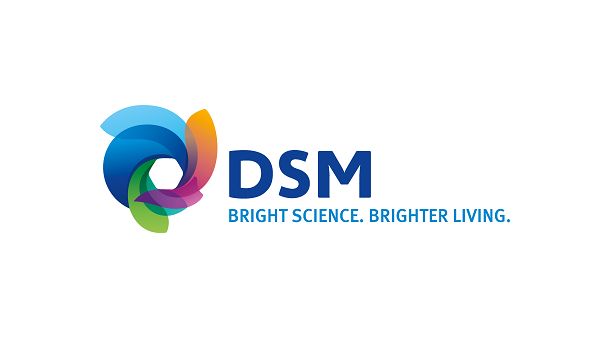Promotional Features
Reducing acrylamide: what’s the answer to new legislation?
Acrylamide is a suspected toxic substance that is formed during high-temperature processing (over 120°C) of foods such as baked goods, breakfast cereals and snacks. It accumulates in starchy foods, as the result of the Maillard reaction – a chemical reaction between sugars, such as glucose and fructose, and free asparagine, a naturally occurring amino acid.
Upcoming European legislationAlthough the reduction of acrylamide in food has been high on the agenda of regulatory bodies, such as the US Food & Drug Administration (FDA) for over a decade now, new legislation in Europe means that food processors must take action before April 2018.
The regulations outlined in the Official Journal of the European Union state that from November 2017, food business operators in the UK and Europe are forced to reduce the presence of acrylamide in their products according to the ALARA principle (as low as reasonably achievable) following a four-month transition period. These regulations also mean that the levels of acrylamide must be recorded, to allow modifications to their food processes to be made relative to the size of their company. The guidelines are also due to be regularly reviewed by the European Commission, which could lead to benchmark levels being lowered, or maximum amounts being enforced in certain product categories.
The US has been leading the way in acrylamide reduction, particularly since the introduction of Proposition 65 requires companies to inform consumers if their products are high in acrylamide content. Manufacturers have actively taken steps to reduce the presence of acrylamide in food ever since.
Consumer perceptionsDespite the recent changes in legislation, awareness of acrylamide remains low among consumers. Research by DSM in October 2017 surveyed 2,000 consumers in France, Germany, UK and the US, and found that only 22% of respondents were aware of acrylamide.[1] The study also found that actual understanding on the subject varies significantly, with many consumers considering the chemical a food preservative or stabilizer, rather than a chemical substance.
However, consumers remain dubious about acrylamide in food products; 70% of respondents, informed about acrylamide, believe that current levels are a cause for concern. 75% of consumers think that more information should be available on packaging or the manufacturer’s website (61%) to highlight its presence. 69% also said they are prepared to adjust their eating habits to avoid those products containing high levels of the substance, adjust their cooking behavior by not heating longer than necessary (64%) or adjust their buying behavior by choosing brands with lower acrylamide levels (68%). Consumers also agree that the key responsibility for minimizing acrylamide levels and intake lies with food manufacturers.
Tools of the tradeAhead of impending European legislation, food manufacturers are turning to solutions to help them meet the new regulations. Food industry bodies, like FoodDrinkEurope, have been instrumental in raising awareness about acrylamide and equipping food manufacturers with information to stay up-to-date with the latest technological advances.
Solutions on the marketAmong the tools that can be used to comply with the new regulations, DSM has developed PreventASe, an award-winning, cost-effective enzyme capable of reducing acrylamide by up to 90% – depending on the end-application. The asparaginase enzyme converts the amino acid asparagine into aspartic acid prior to heating, from which no acrylamide can be formed. While dependent on factors such as mixing time, processing time, temperature and dosing levels, the formation of acrylamide during the Maillard reaction is substantially reduced. This allows the solution to be applied across a wide range of applications, such as baked goods, snacks and cereals – without impacting taste, appearance or texture.
PreventASe is categorized as a processing aid, and requires no significant process or recipe changes. It is suitable for many processing temperatures and pH levels. It can be easily incorporated into production processes by food manufacturing companies of all sizes, including small and medium-sized manufacturers and bakeries who require more manageable, cost-effective solutions.
As consumer awareness of acrylamide in food products continues to grow across the globe, food manufacturers have the opportunity to review the design of their products to create better products. DSM’s PreventASe solution can help to adhere to the new regulatory requirements, overcome business challenges and enable better food for everyone.
[1] Totta Research: Online quantitative panel study in USA, UK, France and Germany, 2017


